Can You Teach A Indian Ringneck To Talk?
Indian Ringneck (IRN) parrots are known for their ability to talk, and many pet owners are interested in teaching their birds to speak. While not all parrots are capable of talking, IRNs are generally excellent talkers and have been known to learn up to 250 words. However, the question remains: can you teach an Indian Ringneck to talk?
Understanding Indian Ringneck Parrots is the first step in answering this question. These birds are intelligent and social creatures that require a lot of attention and interaction. They are also known for their vocal abilities, which makes them great candidates for learning to talk. However, like all animals, they have their own personalities and learning abilities, which can affect their ability to learn to talk.
Indian Ringneck Parrot’s Vocal Abilities are also important to consider. These birds have a unique vocal range that allows them to mimic sounds and words. They are also capable of forming sentences and using context to communicate. However, their ability to talk is not automatic, and it requires a lot of patience, repetition, and consistency to train them. The role of the environment in learning is also crucial, as a stimulating and interactive environment can encourage learning and development.
Key Takeaways
- Indian Ringneck parrots are generally excellent talkers and can learn up to 250 words.
- While their vocal abilities make them great candidates for learning to talk, their personalities and learning abilities can affect their ability to do so.
- Training an Indian Ringneck to talk requires patience, repetition, consistency, and a stimulating environment.
Understanding Indian Ringneck Parrots Vocal Abilities
Indian Ringnecked Parakeets, are a popular species of parrot that are known for their intelligence, beauty, and ability to mimic human speech. While not all species of parrots are capable of talking, Indian Ringneck Parrots are generally excellent talkers. With consistent training, they can learn up to 250 human words and phrases and speak in complete sentences. Most Indian Ringneck Parrots are verbal by the age of 8 months, with some starting to talk even sooner.
Ringnecks are also known to mimic sounds other than human speech, such as the sound of a doorbell, telephone, or a microwave. They can also mimic the sounds of other birds and animals, as well as the sounds of nature, such as the sound of rain or wind.

In order to teach an Indian Ringneck Parrot to talk, it is important to understand their individual personality and learning style. Some birds are more vocal than others, and some may be more receptive to training than others. It is important to note that teaching a Ringneck to talk requires patience and consistent training. Owners can start by repeating simple words or phrases to the bird, such as “hello” or “good morning.” As the bird becomes more comfortable with these words, owners can move on to more complex phrases and sentences.
In addition to training, providing a stimulating environment with plenty of toys and social interaction can also help encourage a Ringneck’s talking abilities. However, it is important to remember that not all birds of any species will talk, and some may never learn to mimic human speech.
Role of Environment in Learning
The environment plays a crucial role in the learning process of Indian Ringneck Parrots. A pet bird that is kept in a cage and left alone for most of the day will not learn to talk as quickly as a bird that has an interactive and stimulating environment.
To teach an Indian Ringneck to talk, it is important to spend time with the bird and interact with it. This means talking to the bird, playing with it, and providing it with toys to keep it entertained. The more time a pet owner spends with their bird, the more likely the bird is to learn to talk.
It is also important to note that Indian Ringneck Parrots are social creatures and thrive in a flock environment. If a pet owner has only one bird, they should try to provide it with as much social interaction as possible. This can include taking the bird out of its cage and allowing it to interact with other birds or humans.
In addition to social interaction, Indian Ringneck Parrots also require regular baths. A clean bird is a happy bird, and a happy bird is more likely to learn new things. Pet owners should provide their birds with a shallow dish of water to bathe in or mist them with a spray bottle.
Lastly, providing the bird with a variety of toys can help keep it entertained and stimulated. This can include toys that encourage the bird to forage for food, toys that make noise, or toys that can be manipulated with the bird’s beak and feet.
By providing a stimulating and interactive environment, pet owners can increase the chances of their Indian Ringneck Parrot learning to talk.
Teaching Your Indian Ringneck to Talk

Teaching your Indian Ringneck to talk can be a rewarding experience for both you and your bird. However, it requires time, patience, and effort. Here are some tips to help you train your bird to talk.
Building a Relationship with Your Bird
The first step in teaching your Indian Ringneck to talk is to build a trusting relationship with your bird. Spend a lot of time with your bird, talk to it, and offer it treats. Ringnecks are intelligent birds that require a lot of time and affection. If your bird trusts and loves you, it will want to interact and communicate with you.
Starting with Simple Words and Phrases
Start with simple words and phrases like “hello” or the bird’s name. Repeat the word or phrase clearly and slowly. Encourage your bird to repeat the word or phrase by repeating it several times. Be patient, your bird may take some time to pick up words.
Repeat Words and Phrases
Repeat words and phrases frequently to help your bird learn faster. The more you repeat a word or phrase, the more likely your bird is to pick it up. Repeat the word or phrase several times a day.
Reinforcing Learning with Rewards
Reinforce learning by rewarding your bird when it says a word or phrase correctly. Use treats or praise to reward your bird. This will encourage your bird to continue learning new words.
Adding New Words and Phrases
Once your bird has learned a few words, you can start adding new words and phrases. Ringnecks are highly intelligent birds that can learn new words throughout their lifetime. However, be patient, it may take some time for your bird to learn new words.
Understanding Your Parrot’s Learning Pace
Indian Ringnecks are intelligent birds that can learn to talk, but it’s important to understand that each bird has its own learning pace. Some birds may learn faster than others, while some may take longer to pick up on new words and phrases.
Age can also be a factor in a parrot’s learning pace. Younger birds, such as those that are a few months old, tend to learn faster than older birds. However, this doesn’t mean that an older male bird can’t learn new words. It may simply take more time and patience to teach an older bird to talk.
It’s important to keep in mind that learning new words and phrases is just one aspect of a parrot’s overall learning and development. Birds also need to learn socialization skills, such as how to interact with their human caretakers and other birds.
It’s also important to vary the words and phrases that you teach the bird. This will help keep the bird interested and engaged in the learning process. Additionally, repeating words and phrases frequently can help reinforce the bird’s memory and understanding of the words.
Factors Influencing Parrot’s Speech
Not all parrots are equally capable of learning to talk. Here are some factors that can influence a parrot’s ability to speak:
Intelligence
Some parrots are more intelligent than others, and this can affect their ability to learn to talk. For example, African Grey parrots are known for their exceptional intelligence and are often considered the best talkers among parrots. On the other hand, some parrot species, such as lovebirds, are not known for their talking ability.

Affection and Socialization
Parrots that are well-socialized and receive plenty of affection from their owners are more likely to learn to talk. This is because parrots are social animals that thrive on interaction with their owners. Parrots that are neglected or left alone for long periods of time may not have the desire or motivation to learn to talk.
Vocabulary
The size of a parrot’s vocabulary can also affect its ability to learn to talk. Parrots that have a larger vocabulary are generally better at mimicking sounds and words. However, it’s important to note that not all parrots will have the same level of vocabulary, and some may be better at mimicking certain sounds or words than others.
Avian Vet
It’s important to ensure that your parrot is healthy and well-cared for if you want to teach it to talk. A visit to an avian vet can help ensure that your parrot is in good health and can help identify any health issues that may be affecting its ability to learn to talk.
Grasp
Parrots that have a good grasp of human language are more likely to learn to talk. This is because they are better able to understand and mimic human sounds and words. However, parrots that are not exposed to human language may have a harder time learning to talk.
Diet
A parrot’s diet can also affect its ability to learn to talk. A diet that is rich in nutrients, such as sunflower seeds, can help keep a parrot healthy and may improve its ability to learn to talk.
Frequently Asked Questions
How many words can an Indian Ringneck learn?
Indian Ringnecks are among the best talking parrots. With consistent training, they can learn up to 250 human words and phrases and speak in complete sentences. However, not all Indian Ringnecks will learn to talk, and some may only learn a few words.
At what age do parrots start talking?
Parrots can start mimicking sounds and words at a few months old, but they usually start talking between 8 months to one year old. However, some parrots may not start talking until they are older.
How long does it take for an Indian Ringneck to learn to talk?
The time it takes for an Indian Ringneck to learn to talk varies from bird to bird. Some may start mimicking words and phrases within a few weeks of training, while others may take several months or even years to start talking.
Why Is My Indian Ringneck Not Talking?
There could be several reasons why your Indian Ringneck is not talking. It may be too young, not comfortable with its surroundings, or simply not interested in talking. It is important to be patient and continue to interact with your bird regularly.
How To Teach A Parakeet To Whistle?
Teaching a parakeet to whistle is similar to teaching them to talk. Spend time with your bird, speak to them often in a calm, clear, and slow voice, and repeat whistling sounds regularly. Use treats as rewards and be patient. Not all parakeets will learn to whistle.
Read our article on the Overview, Characteristics and Care of Indian Ringneck Parakeets
Conclusion
In conclusion, Indian Ringnecks are known for their ability to learn and mimic human speech. With consistent training and patience, they can learn to speak up to 250 words and phrases. However, it is important to note that not all Indian Ringnecks will learn to talk, and some may only learn a few words or phrases.
Training a Ringneck to talk requires a lot of time and effort. Building a trusting relationship with the bird is crucial, as it will make the bird more willing to interact and communicate. Using treats as a reward during training can also be effective.
It is important to start training a Ringneck when it is young, as it is easier for them to learn new things at a young age. Consistency is also key, as training should be done on a daily basis.
While some Ringnecks may never learn to talk, they can still make great pets due to their playful and affectionate nature. It is important to keep in mind that teaching a bird to talk should not be the sole reason for getting a pet bird, as it requires a lot of time and effort.

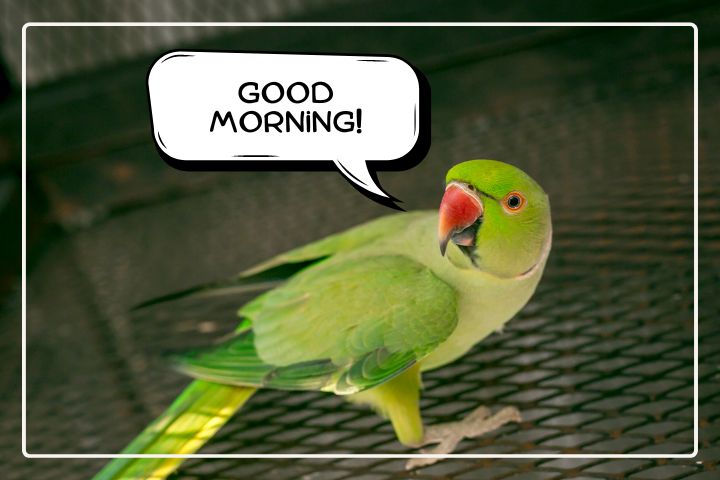
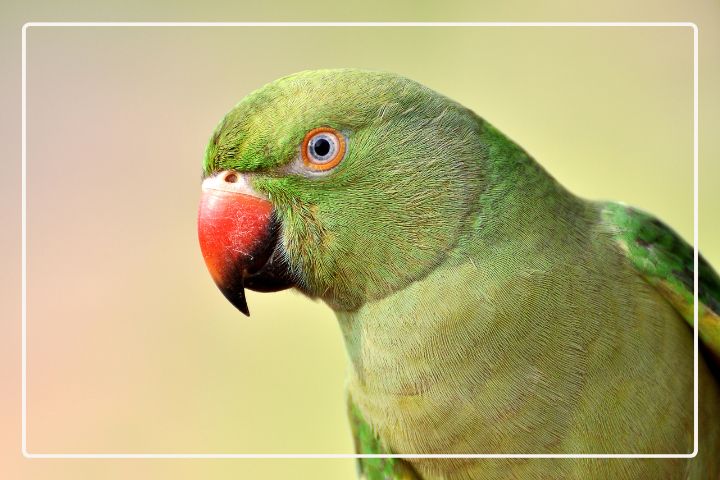
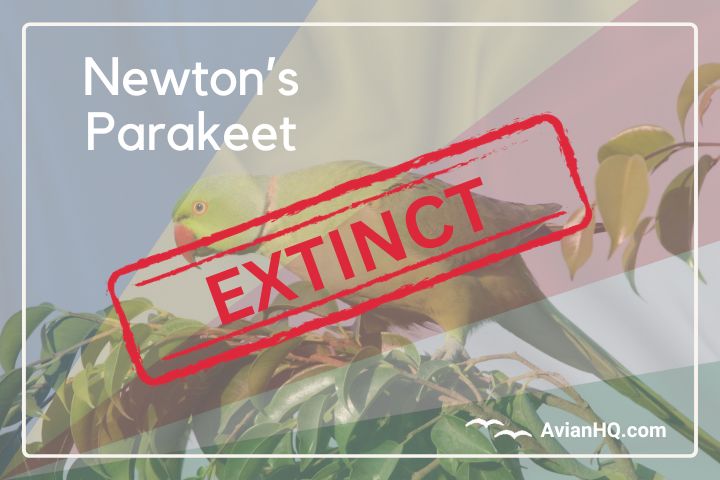
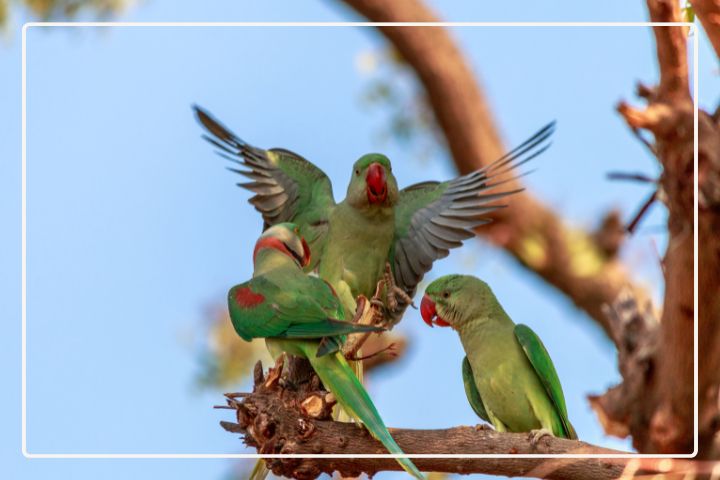

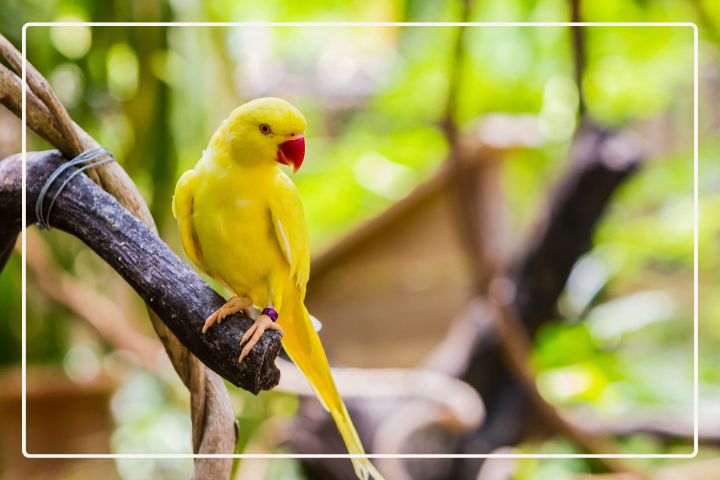
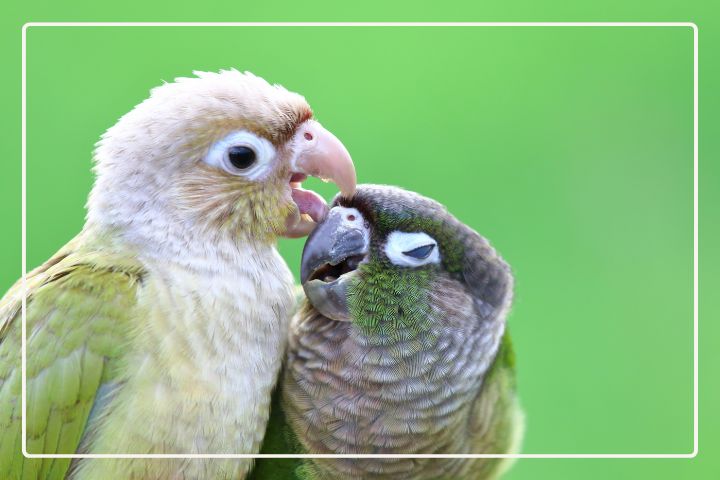
I really glad to find this site on bing, just what I was looking for : D also saved to bookmarks.